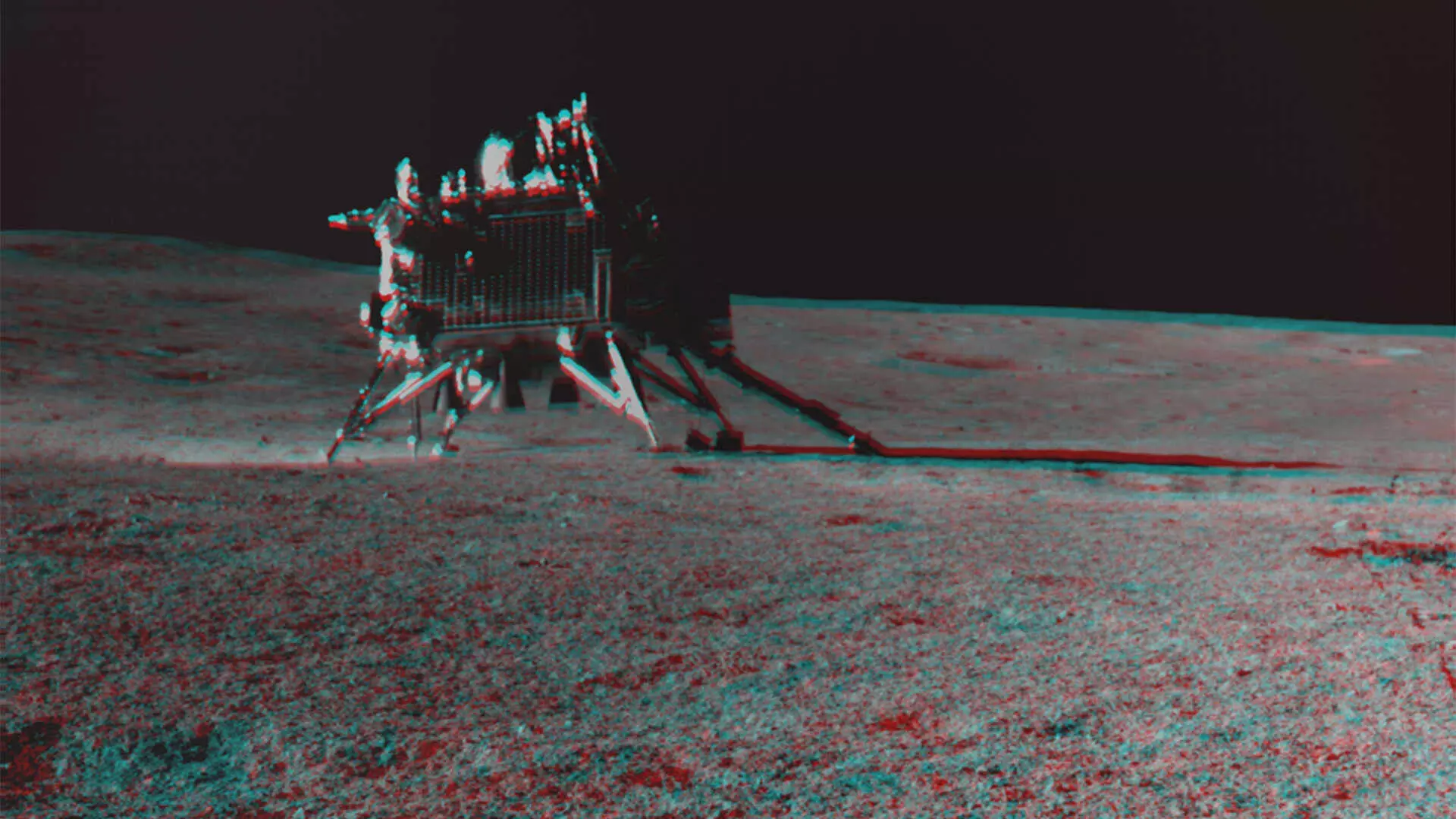In the ongoing quest to discover extraterrestrial life, scientists are expanding their focus to include not only biological indicators but also signs of advanced technology. Researchers Adam Frank and Amedeo Balbi explore the relationship between atmospheric oxygen and the emergence of advanced technology on distant planets in their thought-provoking study. This article delves into their findings and discusses the implications for the search for intelligent life beyond Earth.

The Connection Between Oxygen and Technology
The researchers introduce the concept of “technospheres,” vast domains of advanced technology emitting unique signs, or “technosignatures,” indicative of extraterrestrial intelligence. They argue that oxygen, a vital element for respiration and metabolism in multicellular organisms, is also essential for the development of fire, a cornerstone of technological civilizations.
On Earth, the evolution of technology has relied on the ability to utilize open-air combustion, where fuel and an oxidant, typically oxygen, combine to create fire. This process has been pivotal in shaping industrial societies, from cooking and metal forging to energy harnessing. Therefore, the presence of oxygen on distant planets becomes a crucial factor in determining their potential for hosting advanced technospheres.
Oxygen Levels and Technological Advancement
To understand the relationship between oxygen levels and technological advancement, the researchers trace Earth’s historical trajectory. They discover that controlled fire use and subsequent metallurgical advancements were only feasible when atmospheric oxygen levels reached or surpassed 18 percent. This finding suggests that only planets with significant oxygen concentrations can develop advanced technospheres capable of leaving detectable technosignatures.
While it might be possible for biology and even intelligent creatures to exist in a world without oxygen, the study suggests that the progression into a technological species is unlikely without a readily available source of fire. Higher technology requires fuel and melting, which are made possible by the presence of oxygen in the atmosphere.
The Oxygen Bottleneck
The researchers emphasize that high oxygen levels are a prerequisite for the emergence of a technological species. Without it, all other conditions may align, but technological advancement remains unachievable. The presence of high degrees of oxygen in the atmosphere becomes a bottleneck that a planet must overcome to develop advanced technology.
This finding has significant implications for the search for extraterrestrial technosignatures. When prioritizing planets to investigate, those with high oxygen levels should be given preference, as their atmospheres could be a major clue in locating potential signs of advanced technology. However, researchers must exercise caution when interpreting possible detections, as the implications of discovering intelligent, technological life on another planet would be immense.

The Role of Oxygen in Exoplanet Research
Oxygen plays a crucial role in the study of exoplanets, celestial bodies orbiting stars beyond our solar system. Its presence in an exoplanet’s atmosphere serves as a key indicator in the search for extraterrestrial life. Detecting oxygen requires the use of advanced telescopes and spectroscopy, a process that analyzes the light passing through exoplanet atmospheres to identify their chemical composition.
While the presence of oxygen alone does not guarantee the existence of life, it can provide insights into a planet’s habitability. Too little oxygen might indicate an inhospitable environment, while excessive amounts could suggest a runaway greenhouse effect. Scientists also consider the combination of gases, such as oxygen, methane, and carbon dioxide, in specific ratios to determine the likelihood of a biological origin.
The Exciting Frontier of Exoplanet Research
Research into exoplanets, particularly the study of oxygen and other life-indicating molecules, represents an exciting frontier in astronomy. It deepens our understanding of the universe and brings us closer to answering the age-old question: Are we alone in the cosmos?
As scientists continue to explore the cosmos and search for signs of intelligent life, the significance of oxygen becomes increasingly apparent. The presence of this vital element not only supports biological processes but also serves as a potential indicator of advanced technology. By prioritizing planets with high oxygen levels, researchers can focus their efforts on locations that offer the greatest potential for the discovery of extraterrestrial technosignatures.
In conclusion, the connection between oxygen and the emergence of advanced technology on distant planets opens up new possibilities in the search for intelligent life beyond Earth. As our understanding of exoplanets grows, the role of oxygen becomes more prominent, providing valuable insights into their habitability and potential for hosting advanced technospheres. Through ongoing research and technological advancements, we inch closer to unraveling the mysteries of the universe and discovering whether we are truly alone or not.
